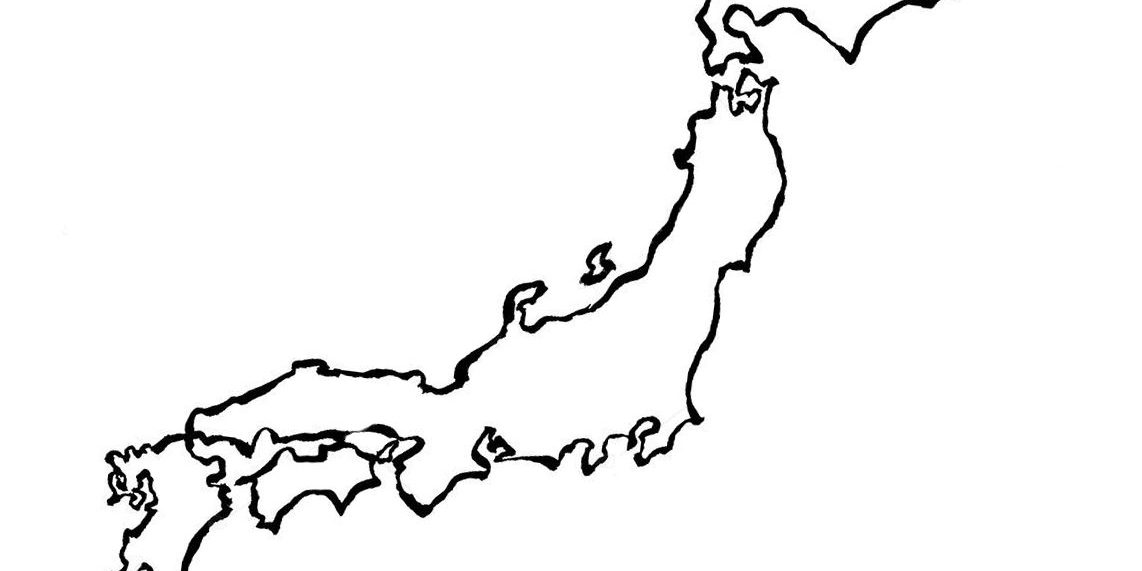Minneapolis. San Francisco. Austin. Denver. New York City. Boston. Seattle. Nashville. Portland (Oregon). Kittery. San Diego. What do all these places–and a few more in the US–have in common? They are all the home of a mini-sake brewery, run by local folks with a passion for sake. Add to that Canada (Toronto and Vancouver), New Zealand, Mexico, France, the UK, Spain, Norway and in all likelihood a few more of which I’m not aware. Some of these are still in the planning phases, some are up and running and already brewing sake. And there will be more.
The history of sake breweries in the US goes way back, further that most people realize. Over the past 25 years, five fairly large and stable breweries have been supplying the US market, four in California and one in Oregon. They are Yaegaki, Ozeki, Gekkeikan, Takara and SakéOne.
Over the last ten years, and the last five in particular, the above-mentioned cities have all seen one or more small-scale sake breweries appear. Some are doing well, others will need more time to make their mark. We should encourage all of them as they are proper jizake-gura. The same applies to the other dozen or so around the world.
“Jizake” is a term that means “local sake,” which is vague. And “-gura” (or kura, with the k softened to g in Japanese for ease of pronunciation) simply means “brewery.” Every brewery is local to somewhere, simply by virtue of being there. But the nuance of jizake-gura is that of small, craft production in particular, as opposed to large, national brands.
At least one organization in the craft beer world–the Brewers Association in America–has sought to define what a “craft brewer” is, though the term is not legally binding. They even recently unveiled a seal that qualifying brewers can use to indicate that they are “independent craft”. In the sake world this sort of thing does not exist. There is no formal definition or production level cutoff for being a jizake producer, not in Japan, nor anywhere else in the world. But for all intents and purposes, jizake implies small, craft producers, which is precisely the kind of sake breweries we are seeing pop up outside of Japan.
Some will do well, others will not. There is a learning curve for both these bold trailblazers and the distributors that endeavor to sell their products. This is natural for any new, innovative alcoholic beverage–par for the course.
How is it, this jizake produced outside of Japan? I have not tried it all, but have tasted the sake made in most of these kura at least once. Most of it is good, some of it surprisingly so. A few are just as good as some simpler styles made in Japan. Many people that work with sake would probably say that they don’t rival superior brands in Japan–not yet at least. But most are well along the right track. Only a few are way off kilter.
There is plenty of information on how to brew sake out there and, for the resourceful, surprisingly many opportunities to learn from someone else. Experience and trial and error support fast learning curves. The quality of sake overseas is, overall, improving fast, and will continue to do so. Sure, it will take some time for sake brewed outside of Japan to become more competitive with that made domestically, but I think it will find success more quickly than most expect.
So what is the biggest factor holding them back? In my opinion, rice. Not so much the rice varieties themselves, but rather, the way it is grown. In Japan, each rice stalk is planted individually in a water-filled field in neat little rows designed to allow weeding between them. In the US, seeds are scattered by airplane. The difference is apparent to me in the flavor of the resulting sake, in particular in depth and resonance.
It’s not that rice can’t be grown the Japanese way in the US, but rather the effort cannot yet be justified. The good news is that the virtuous circle of better sake, leading to more familiarity, leading to more consumption, leading to better sake, is firmly in motion. The weak links in the chain will become stronger in time.
Interestingly, the sake industry in Japan is supporting sake breweries overseas, at least in word and spirit. The Japan Sake Brewers’ Association (officially the Japan Sake and Shochu Producers’ Association, but I am still in denial over the name change) stated as much a few weeks ago.
Why would they support smaller sake breweries overseas? Because they understand the reality that with these places popping up and being successful, sake becomes much more familiar to the average consumer overseas. And that bodes well for sake being exported from Japan.
Japanese sake will be fine on its own. The premium varieties are selling well both domestically and overseas. Still, let us support the jizake breweries around the world, and for the right reasons: to reward the entrepreneurial spirit and to make great sake even more accessible to everyone.






